Meeting planners are looking for the information they need to plan great meetings, and your DMO website should be their top resource! It’s crucial that your meeting site is easy to navigate, quick to load and packed with the information event organizers need to make decisions.
Here are five key design priorities to focus on that’ll help create a seamless online experience — and make your meetings site the go-to resource for event profs.

1. Mobile-First Design
With meeting planners constantly on the go, accessing your website on mobile devices is becoming the norm. Your website needs to be fully responsive, offering the same functionality and ease of use on smartphones and tablets as on desktop devices.
Key Considerations:
- Touch-friendly navigation: Ensure that buttons and links are large enough to be easily tapped with a finger. This prevents frustration when users try to navigate your site on smaller screens.
- Simplified navigation: Use large, easily clickable buttons and straightforward navigation to make it easy for planners to find meeting venues and group hotels, view event spaces and submit Requests for Proposals (RFPs) quickly.
- Mobile-friendly RFP submissions: Speaking of RFPs, make sure your RFP form is mobile-friendly, allowing planners to submit event inquiries while they’re in-market for a destination selection site visit or at an industry show where they’ve connected with your sales team.
2. User-Centered Navigation
Event planners are looking for specific information quickly — whether it’s venue availability, meeting room specs or local service providers. An intuitive, user-centered navigation structure is critical for ensuring they can find what they need without hassle.
Key Considerations:
- Sticky navigation menus: Implement a sticky navigation bar that stays visible as users scroll through the page. This makes it easier for planners to access important sections without having to scroll back up.
- Search functionality: Make sure your search bar is easily visible on all pages, allowing planners to search for venues, availability and specifications quickly.
- Breadcrumbs: Help planners keep track of where they are on your site, especially when navigating between complex pages, such as multiple venue options and service offerings.
3. Simplify Your Landing Page for Better Results
A cluttered meetings website page can overwhelm visitors and decrease the chances of conversion. By streamlining the page and focusing on your primary message, you can better capture the attention of meeting planners. Simplifying the layout can lead to higher engagement and more successful outcomes.
Key Considerations:
- Minimize distractions: Reduce elements that could take users away from your primary call to action (CTA). Remove excess navigation links, social media icons or unrelated images that can cause visitors to lose focus. This is especially critical to keep in mind when creating lead-generation landing pages.
- Prioritize above-the-fold content: Keep the most important information and your main CTA visible without scrolling. Ensure that visitors immediately see the value proposition, key benefits and a clear path to take action.
- Use whitespace effectively: Don’t be afraid of negative space. Proper use of whitespace can make your content more readable and help guide visitors’ eyes to the most important parts of the page.
4. Clear CTAs
The primary goal of your meetings site is to move planners toward taking action — whether it’s submitting an RFP, downloading a planning guide or contacting your sales team for more information. Your CTAs need to be prominent and engaging and lead users smoothly through the user journey.
Key Considerations:
- Strategic placement: Position CTAs such as “Submit an RFP,” “Request a Quote,” or “Download Floor Plans” at the end of key content blocks or prominently on landing pages.
- Lead magnets: Offer valuable resources, like event planning templates or special promotions, in exchange for a planner’s contact information. This will keep them engaged with your brand and help you build your email marketing list.
- Action-oriented language: Use clear, actionable language that aligns with the planner’s goals, such as “Plan Your Event” or “Get a Quote.”
5. Speed and Performance Optimization
Event planners often work under tight timelines and need information quickly. A slow, poorly performing website can increase bounce rates and diminish your credibility, ultimately losing you potential leads.
Key Considerations:
- Optimize for speed: Compress images, reduce server response times and use caching to make your site as fast as possible, particularly for critical pages like venue listings and service details.
- Monitor performance: Regularly test your website’s speed and performance using tools like Google PageSpeed Insights to catch and fix any issues that might slow down the experience.
- Ensure accessibility: Make sure your website meets accessibility standards (WCAG compliance) to ensure planners of all abilities can use your site effectively, from keyboard navigation to screen reader compatibility.
If you need an audit of your destination organization’s meetings website from a planner’s perspective and a strategy to optimize it, that’s where Digital Edge comes in. Contact us to see how we can set your site up for success — a vital piece of your overall meetings marketing strategy.



